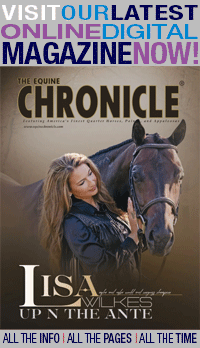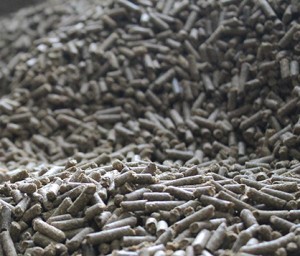Is Your Horse’s Feed Safe to Consume?
By Jyme Nichols, MS
How safe is your horse’s feed?
If the feed is milled at a plant that also manufactures livestock feed containing ionophore, there’s a risk it could possibly be fatal to your horse.
Ionophore antibiotics are added to feed to improve weight gain and control protozoan and bacteria infections in ruminants, swine and poultry. Several ionophores are approved for use in the United States with the most common being monensin, salinomycin, lasalocid, laidlomycin and narasin.
Horses are much more sensitive to ionophore poisoning than other species. For example, the safety zone for monensin in horses is 2 to 3 mg whereas cattle can tolerate 20 to 34 mg and poultry 90 to 200 mg. When higher-than-acceptable concentrations of ionophore are found in equine feed, a horse could be dead in less than 24 hours after ingestion.
Ionophore toxicity inhibits sodium and potassium ion transport across cell membranes, which can kill cells—especially muscle cells—leading eventually to total system failure and death. Signs of ionophore poisoning include poor appetite, diarrhea, muscle weakness, depression, wobbling, colic, excessive urination, sweating, lying down and sudden death.
Ionophore intoxication damages the kidneys as well as the skeletal and heart muscles. There is no specific treatment for a poisoned horse and those that survive usually have permanent heart damage.
Prevention is the best method for preventing ionophore toxicity. Do not allow your horse access to feeds for other species, and it is essential to store away any feed containing ionophores from equine feed.
To ensure your horse’s feed is never put at risk of contamination, only purchase products manufactured at an ionophore-free mill, like the Bluebonnet Feeds facility in Ardmore, Oklahoma.
Don’t confuse an “ionophore-free” with an “ionophore-safe.” For example, ionophores are not used in any feeds manufactured at the Bluebonnet mill, making it “free” of all ionophores. However, a mill that produces some of its feed with ionophores will use a series of flushes to clean the system and make it “safe” to manufacture horse feeds. But no matter how efficient the flushing procedure is, there is always a risk of cross-contamination.
Only a manufacturing system like that of Bluebonnet Feeds mill will guarantee your horse’s feed is ionophore-free.











